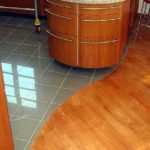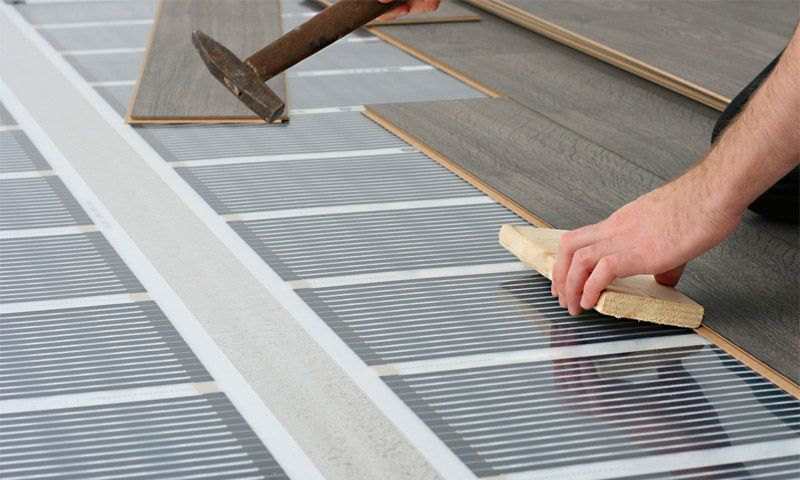Which is better – laminate or linoleum
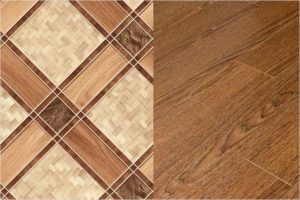 When choosing flooring for his home, the owner wants it to be beautiful, practical and affordable at the same time. Among budget flooring materials, laminate and linoleum occupy the first places. In some respects, these coatings are similar, but both laminate and linoleum have advantages and disadvantages. It is impossible to unequivocally answer the question of what is better: laminate or linoleum. It is necessary to select a material taking into account the individual characteristics of the room and other factors. In order not to make a mistake when purchasing, you need to have an idea of the characteristics of both coatings and their “behavior” during operation.
When choosing flooring for his home, the owner wants it to be beautiful, practical and affordable at the same time. Among budget flooring materials, laminate and linoleum occupy the first places. In some respects, these coatings are similar, but both laminate and linoleum have advantages and disadvantages. It is impossible to unequivocally answer the question of what is better: laminate or linoleum. It is necessary to select a material taking into account the individual characteristics of the room and other factors. In order not to make a mistake when purchasing, you need to have an idea of the characteristics of both coatings and their “behavior” during operation.
The content of the article
Laminate characteristics: pros and cons
The scope of application of laminate is very diverse; it is used for arranging floors in country cottages, city apartments, offices, sports and educational institutions. Due to the presence of cellulose fibers in the lamellas and the absence of formaldehyde components, the material is considered environmentally friendly. The polymer resin acts as a binder here.
High-quality laminate is multi-layered. The MDF or HDF base is protected on the front and bottom sides with a moisture-resistant and wear-resistant polymer coating.The decorative layer with a pattern is under a durable film, which guarantees the material to maintain an attractive appearance throughout its entire service life.
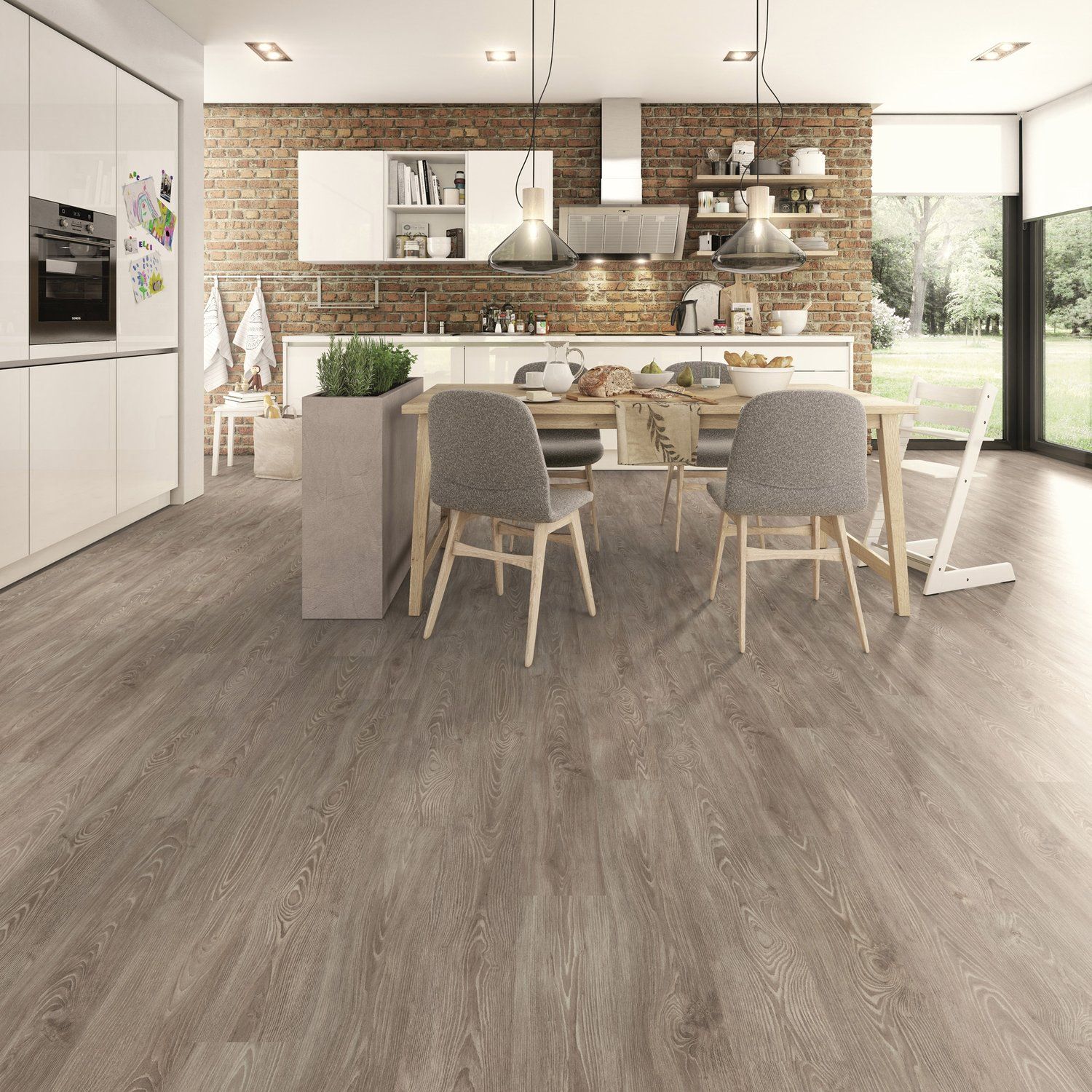
Advantages of laminate:
- series classes 32, 33 and 34 are characterized by water resistance, such panels can be safely laid in rooms with high humidity and high traffic;
- the coating consists of separate boards that are connected to each other with locks, which eliminates the occurrence of cracks;
- lamellas made by hot pressing have high strength and resistance to mechanical damage;
- the material is easy to install;
- Laminate flooring is easy to keep clean;
- in a “floating” floor you can always replace a damaged element;
- when using laminate, it is possible to install a “warm floor”;
- the coating does not transmit cold from the concrete base, so walking on such a floor with bare feet does not cause discomfort, but only pleasant sensations.
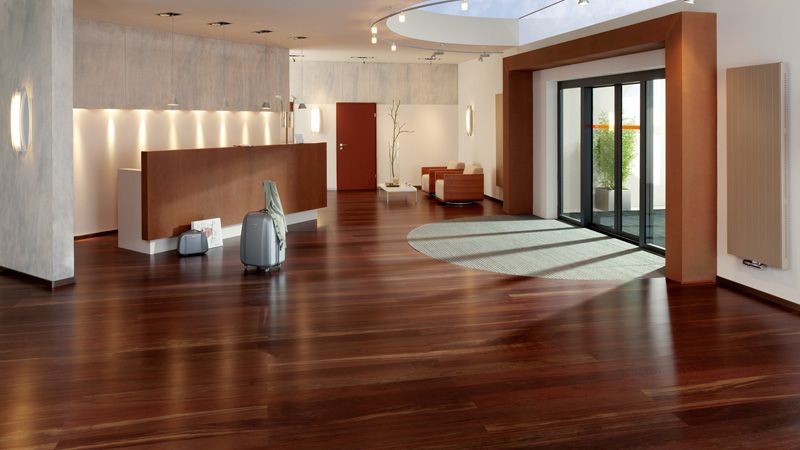
IMPORTANT! Laminated panels are resistant to ultraviolet rays and do not fade in the sun. The technological compensation gap left around the perimeter of the room during installation prevents heaving of the floor when the temperature and humidity in the room changes.
Despite the large number of advantages, laminate also has disadvantages:
- scratches from pet claws and heels are clearly visible on the coating;
- non-moisture-resistant laminate is afraid of flooding; with prolonged exposure to moisture, pressed planks become wet and deformed;
- cheap coating with low-quality locks can creak;
- Hard panels do not muffle the sound of footsteps.
Features of linoleum: advantages and disadvantages
Unlike laminate, linoleum is a rolled material. In terms of moisture resistance and water resistance, linoleum has no equal. The one-piece fabric does not allow water to pass through at all, even when flooded. The coating is not afraid of aggressive household products and is easy to clean using a soap solution or regular warm water. Water can flow under the linoleum only at the joints of the panels and in the area of the baseboards. However, if installed correctly, this risk is minimal.
Advantages of different types of linoleum:
- the flexibility of the rubber sheet allows it to be used on bases with small differences in height (used in non-residential premises);
- Nitrocellulose flooring is durable and at the same time very flexible;
- glypthal (alkyd) material on a fabric basis provides excellent sound and heat insulation;
- Even a non-professional can work with linoleum; installation does not require specific skills or sophisticated tools.
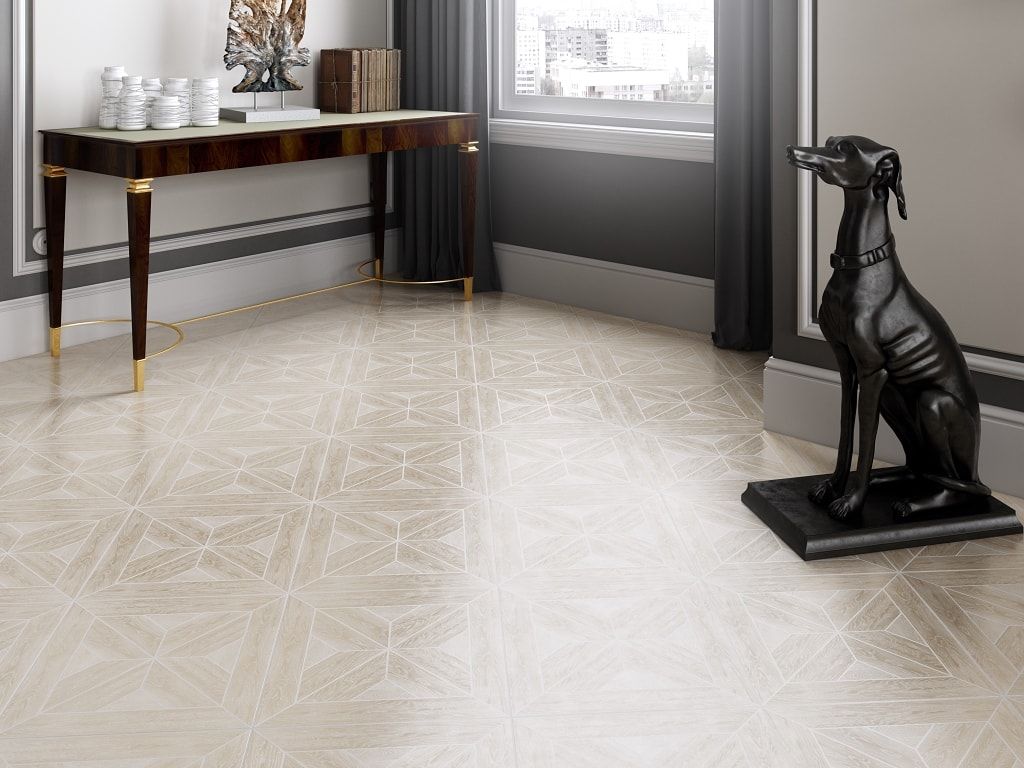
PVC is the most popular and inexpensive type of linoleum for flooring in residential and commercial premises. Such a covering can have a felt, fabric or foam base or is produced without a lining layer. Synthetic material is easy to install, easy to cut, and has high wear resistance. The design and color of the coating are chosen taking into account the style of the interior; fortunately, the modern market for finishing materials is replete with roll coatings of different sizes, prints and colors.
Minuses:
- inelastic linoleum on a base with differences in height will very soon begin to break;
- PVC fabric is not resistant to sudden changes in temperature;
- on low-density coatings there are dents from chair legs and heels;
- moving heavy furniture over linoleum can cause the canvas to stretch, resulting in unattractive bumps appearing on the floor;
- the damaged area cannot be restored - you will have to change the entire strip or completely re-lay the floor.
Where is it better to use laminate flooring in an apartment?
In the apartment, laminate can be used everywhere except the bathroom. Coverings of any class can be purchased for the living room, bedroom and nursery. For the kitchen and hallway, choose series after class 32, which are moisture and wear-resistant. It is recommended to buy laminate flooring for the kitchen without a chamfer, the presence of which makes cleaning difficult. Original chamfered slats are designed for living rooms and other rooms where there is no moisture, crumbs or drops of grease.
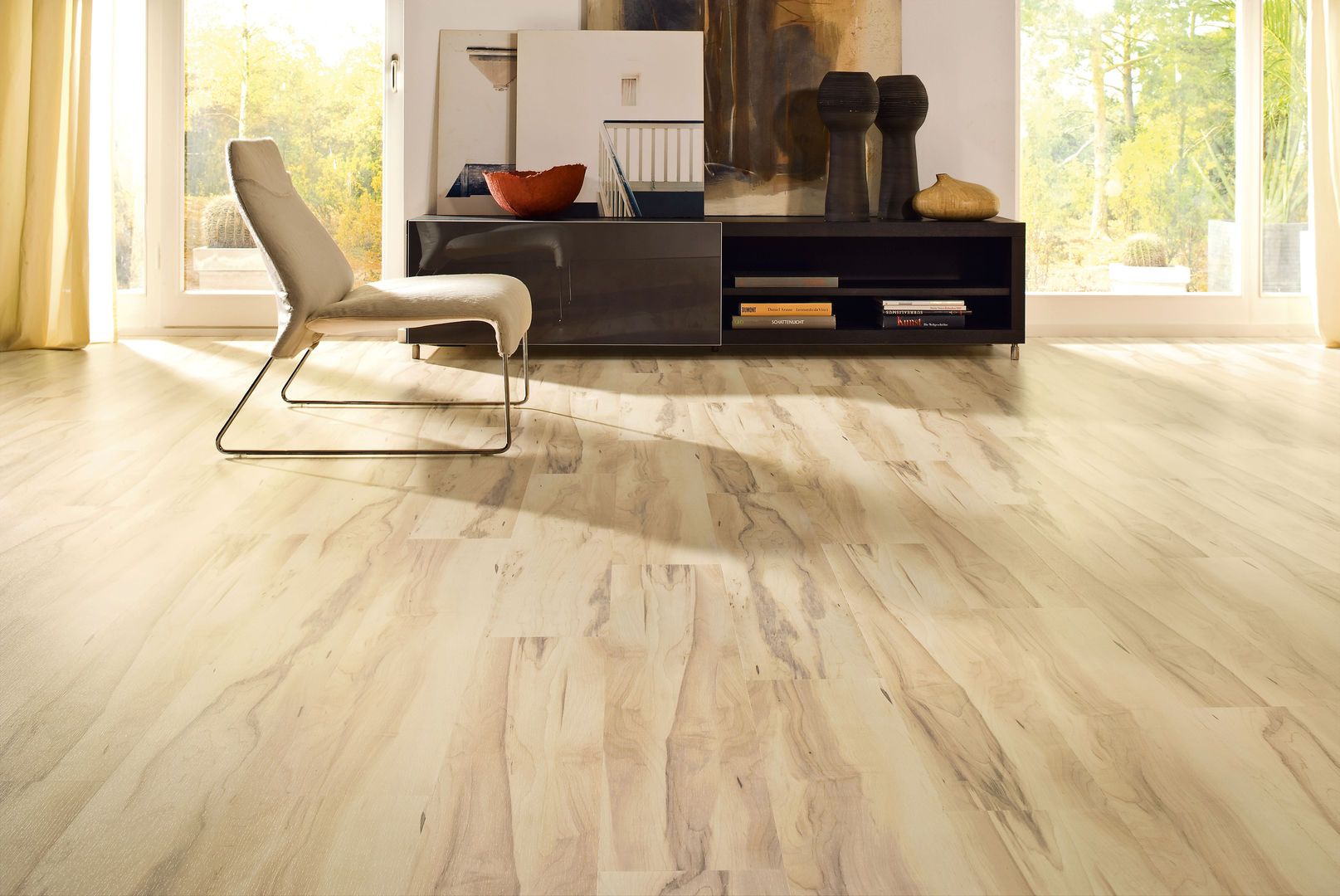
Where is it better to lay linoleum in the house?
Cheaper and more practical linoleum is laid in technical rooms:
- pantry;
- laundry;
- bathroom;
- kitchen;
- hallway;
- loggia.
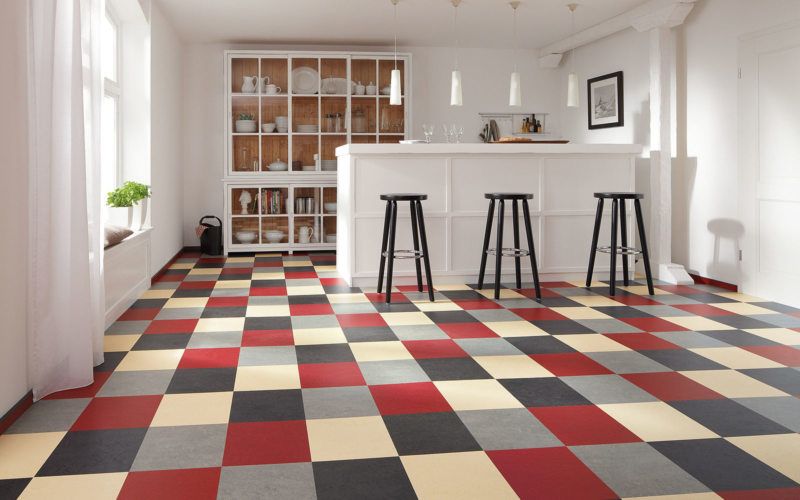
Compared to laminate and natural analogues, PVC linoleum looks much more modest, but it is easy to maintain. Linoleum, consisting of a jute backing, wood flour and beeswax, is expensive, less wear-resistant, but aesthetically pleasing, which is why it is used in living rooms.
ATTENTION! If you like a floor made of laminated panels, but don’t have the money for a high-quality coating, buy linoleum for laminate flooring - a budget and practical option. Good linoleum with the appropriate pattern can be distinguished from a real laminate only upon detailed inspection.
The answer to the question: “Which is better to choose – laminate or linoleum?” depends on the conditions of a particular room, on the requirements for the flooring in this room. For example, moisture resistance is not important for a child's room, but good thermal insulation and environmental friendliness of the components that make up the material are necessary. For a kitchen, a mandatory quality is resistance to abrasion and moisture.The maintainability of the coating and the size of the budget allocated for the arrangement of the floor are also taken into account.


